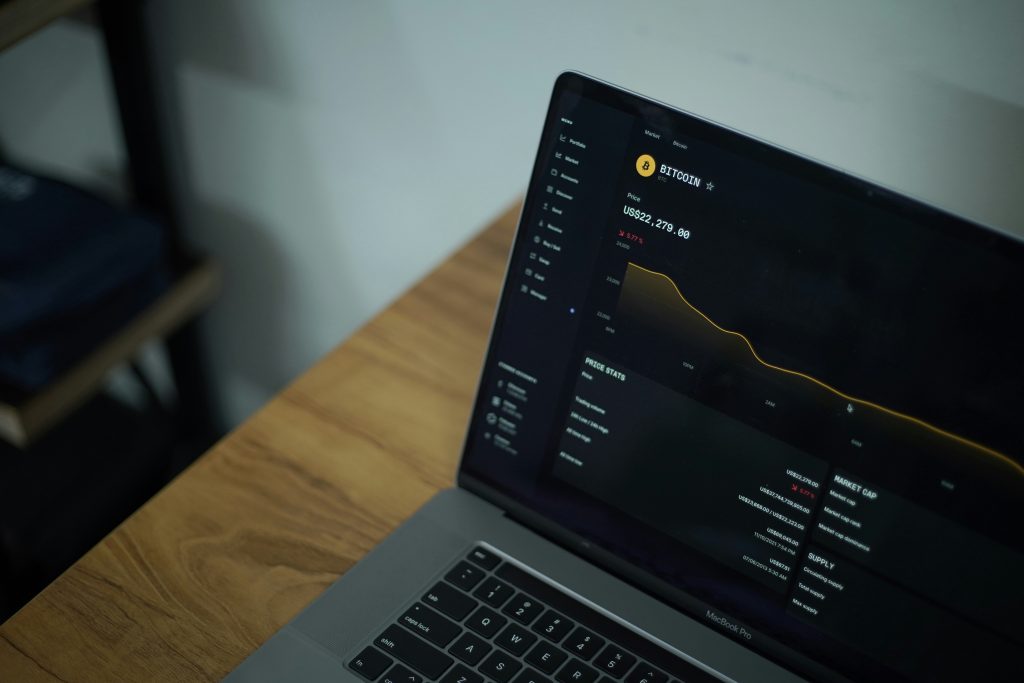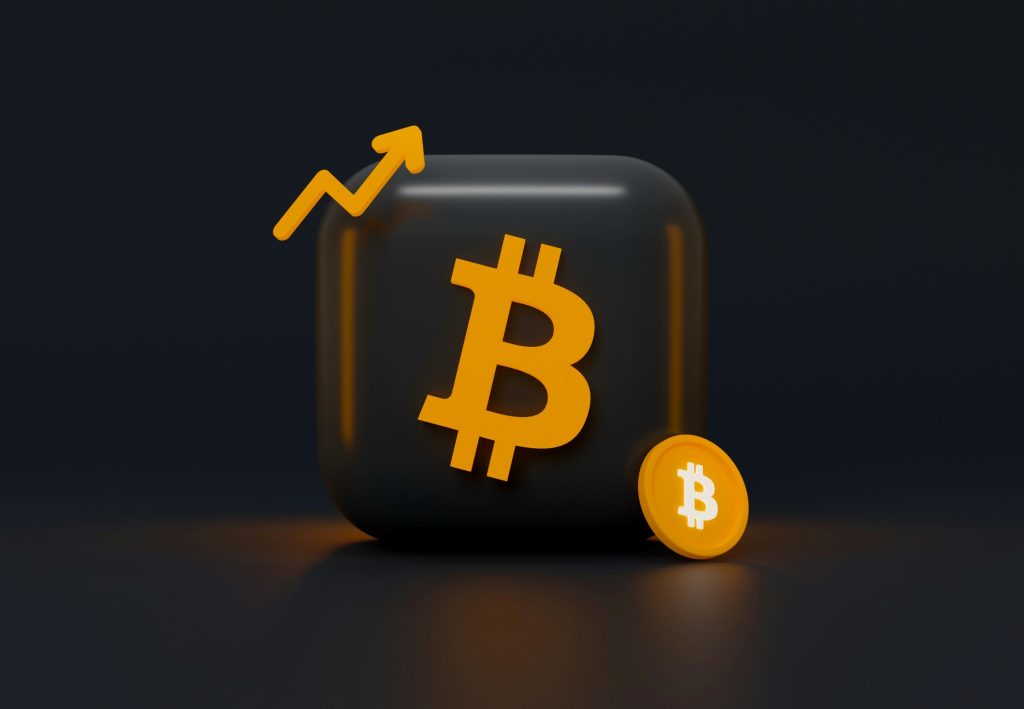Cryptocurrency wallet — is a tool for storing private keys and accessing the blockchain. Without it, it’s impossible to confirm ownership of Bitcoin, Ethereum, or other tokens.
Two main types are distinguished:
- Cold wallets (hardware devices, paper records) — provide maximum protection since they are not connected to the internet.
- Hot wallets (mobile apps, desktop programs, online services) — convenient for frequent transactions but less secure.
For long-term storage and large amounts, hardware solutions (Ledger, Trezor, Tangem) are optimal. For everyday operations, mobile apps like Trust Wallet or MetaMask are suitable.
What is a cryptocurrency wallet
A cryptocurrency wallet is a program or device for storing private keys that confirm the right to own digital assets.
Coins and tokens are not physically stored in the wallet; they remain on the blockchain. The wallet only generates and stores:
- private key — a secret code for signing transactions,
- public key and address — details for receiving coins.
Example: to send Bitcoin, the owner uses the private key to sign the transaction. The blockchain checks the signature against data in the distributed ledger and updates the address balance.
Thus, wallet security = private key security. Losing the key = losing access to the cryptocurrency with no possibility of recovery.

Types of cryptocurrency wallets
Cold wallets
- Ledger Nano X, Ledger Stax — support 5,500+ coins, built-in apps, price from €80 to €332.
- Trezor Model T — 1,600+ coins, built-in exchanger, seed-phrase protection, price from €180.
- Tangem — plastic card format, seedless technology, cost from $55.
- Features: no constant internet connection, protection against hacks, downside — less convenient for daily operations.
Hot wallets
- Trust Wallet — supports 65 blockchains and 4.5M assets, built-in DEX and staking.
- MetaMask — works with Ethereum and EVM networks, supports NFT, integrates with DeFi apps.
- Coinbase Wallet — multi-currency, built-in DApp browser, supports ERC-20 and SPL tokens.
- Features: constant internet connection, fast transfers, risk of attacks and phishing.
Full (thick) wallets
- Bitcoin Core — downloads the entire blockchain (600+ GB), works as a full node.
- Armory — focused on cold storage of BTC, enhanced security.
- Features: maximum independence, high load on the device.
Light (thin) wallets
- Electrum — lightweight BTC wallet (installer <100 MB), multisig, 2FA.
- Wasabi Wallet — built-in CoinJoin for anonymizing transactions, works via Tor.
- Features: minimal device load, reliance on third-party servers.
Comparison of cold and hot wallets
| Parameter |
Cold wallets |
Hot wallets |
| Connection |
No constant network access |
Always connected to the internet |
| Security |
Maximum |
Medium, depends on device protection |
| Convenience |
Low, requires connection |
High, fast transfers |
| Use case |
Long-term storage |
Daily transactions |
| Examples |
Ledger, Trezor, Tangem |
Trust Wallet, MetaMask, Coinbase |
Cryptocurrency wallet protection methods
- Seed phrase (12–24 words)
- Generated when creating a wallet.
- Used to restore access.
- Store offline: metal plates (Cryptosteel, Billfodl), paper media.
- Private key
- Unique 256-bit code.
- Never transmitted online.
- If leaked — full access to funds.
- PIN and passwords
- Ledger Nano X — PIN + passphrase.
- Trezor Model T — seed-phrase password protection.
- Trust Wallet / MetaMask — local login password.
- Two-factor authentication (2FA)
- Google Authenticator, Authy.
- Hardware keys (YubiKey, SoloKey).
- SMS/e-mail are unreliable (SIM swap, interception).
- Multisignature (Multisig)
- Requires 2+ keys to confirm a transfer.
- Examples: Electrum, BitGo, GreenAddress.
- Used by corporate clients and funds.
- Hardware protection
- Secure Element (Ledger, SafePal).
- Self-destruction of keys when tampered (SafePal S1).
- Isolation from the OS (Trezor Model T, Coldcard).
- Transaction anonymization
- CoinJoin (Wasabi Wallet, Samourai).
- Work via Tor or VPN.
- Use of disposable addresses (Electrum, Airbitz).
- Physical protection
- Paper wallets in safes.
- Offline devices without internet.
- Tangem / Keystone — protection against physical tampering.
Top-5 best cryptocurrency wallets
1. Ledger Nano X (hardware)
- Support: 5,500+ coins and tokens.
- Security: Secure Element chip, PIN, Bluetooth.
- Features: up to 100 apps, compatibility with Ledger Live.
- Price: from €149.
2. Trezor Model T (hardware)
- Support: 1,600+ coins.
- Security: PIN, passphrase, built-in display for confirming transactions.
- Features: built-in exchanger, ability to save the seed phrase to a memory card.
- Price: from €180.
3. Trust Wallet (mobile)
- Support: 65 blockchains, 4.5M assets.
- Security: seed phrase, biometrics, PIN.
- Features: built-in DEX, staking, NFT support.
- Fees: blockchain fees only.
4. MetaMask (browser + mobile)
- Support: Ethereum, EVM networks, ERC-20 tokens and NFT.
- Security: seed phrase, integration with hardware wallets.
- Features: connection to DeFi apps and Web3 services.
- Fees: Ethereum network (0.3–1.5% depending on load).
5. Coinbase Wallet (mobile + browser)
- Support: Ethereum, Solana, ERC-20, SPL, NFT.
- Security: seed phrase, integration with Coinbase DEX.
- Features: built-in DApp browser, multi-currency, convenient for beginners.
- Fees: blockchain fees, +0.5–1% when swapping via DEX.
Comparative characteristics of crypto wallets
| Wallet |
Type |
Asset support |
Features |
Security |
Price/Fees |
| Ledger Nano X |
Hardware |
5,500+ |
100 apps, Ledger Live |
Secure Element, PIN, Bluetooth |
€ 149 |
| Trezor Model T |
Hardware |
1,600+ |
Built-in exchanger, memory card |
PIN, passphrase, display |
€ 180 |
| Trust Wallet |
Mobile |
4.5M assets |
DEX, staking, NFT |
Seed phrase, biometrics, PIN |
Network fees only |
| MetaMask |
Online/mobile |
Ethereum, EVM, NFT |
DeFi, Web3 integration |
Seed phrase, Ledger connection |
ETH network fees |
| Coinbase Wallet |
Online/mobile |
ETH, SOL, ERC-20, SPL |
DApp browser, multi-currency |
Seed phrase, Coinbase protection |
Networks + 0.5–1% swap |
Best wallets by category
For Android
- com DeFi Wallet — 250+ coins, built-in swap, staking, DeFi integration.
- Quppy Wallet — BTC, ETH, LTC, BCH, withdrawal to bank card, multi-currency.
- GreenAddress (Blockstream Green) — BTC, multisig, integration with hardware wallets.
For iOS
- Trustee Plus (Trustee Wallet) — 31 blockchains, NFT, swap to fiat, built-in staking.
- Mycelium — BTC + ERC-20 tokens, payment gateway support, convenient for shops.
- Airbitz — disposable addresses for anonymity, transaction limits, second password.
Multi-currency
- Exodus — supports 300+ coins, integration with Trezor, built-in investment services.
- Atomic Wallet — 500+ assets, staking, built-in exchanger, AWC token.
- Coinomi — 1,770+ cryptocurrencies, purchase with 168 fiat currencies, IP address protection.
For NFT
- MetaMask — ETH, EVM networks, support for ERC-721 and ERC-1155 NFT.
- Trust Wallet — multi-currency + NFT storage.
- Enjin Wallet — optimized for gaming NFT and tokenized items.
Anonymous (no KYC)
- Wasabi Wallet — CoinJoin, Tor, privacy protection
- Samourai Wallet — Stonewall anonymization, offline mode, works via
- Electrum — BTC, multisig, Tor, can be used without verification.

How to choose a cryptocurrency wallet
| User goal |
Recommended wallets |
Features |
| Beginner |
Trust Wallet, Coinbase Wallet |
Easy setup, support for BTC/ETH/USDT, built-in exchangers |
| Long-term storage |
Ledger Nano X, Trezor Model T, Tangem |
No internet connection, PIN, offline seed phrase |
| Active trader |
MetaMask, Exodus, Atomic Wallet |
Fast swaps, support for DeFi and DEX, connection to exchanges |
| DeFi and NFT |
MetaMask, Trust Wallet, Enjin |
ERC-20/721/1155, access to dApps, storage of collectible tokens |
| Anonymity |
Wasabi, Samourai, Electrum |
CoinJoin, Tor, multisig, work without KYC |
| Multi-currency storage |
Coinomi, Atomic Wallet, Exodus |
300–1,770+ coins, built-in exchangers, support for dozens of blockchains |
How to create and top up a cryptocurrency wallet
Creating a wallet
- Installation
- MetaMask: download the browser extension for Chrome/Firefox or the mobile app.
- Coinbase Wallet: install the app from the App Store or Google Play.
- Registration
- Create a new wallet.
- Set a login password.
- Saving the seed phrase
- Write down the 12–24 words provided during registration.
- Store them offline — on paper or in a metal backup.
- Losing the seed phrase = losing access to funds.
- Network and token setup
- In MetaMask you can add Ethereum, Binance Smart Chain, Polygon, and other EVM networks.
- Coinbase Wallet automatically supports ETH, Solana, and ERC-20/SPL tokens.
Topping up the wallet
- Transfer from an exchange: copy the wallet address, paste it when withdrawing funds on the exchange, and send BTC/ETH/USDT.
- Buy with fiat: use built-in services (Simplex, MoonPay, bank cards). Available in Trust Wallet and Coinbase Wallet.
- P2P transfer: receive cryptocurrency directly from another user to your wallet address.
- DeFi and staking: connect the wallet to decentralized apps and top it up with assets via smart contracts.
How to restore a cryptocurrency wallet
Restoring access to a wallet is possible only if you have the seed phrase or private key. A seed phrase is 12–24 words generated when creating a wallet. You need to enter them in any compatible app (for example, MetaMask, Trust Wallet, Coinbase Wallet), after which access to the assets is automatically restored. If a user employs a local wallet like Bitcoin Core or Electrum, recovery is performed via the wallet.dat file. If it’s deleted, you can try to recover data using recovery software such as Recuva or R-Studio.
Some owners make backups of keys and the seed phrase in advance — on flash drives, in encrypted archives, or on metal plates. In this case, access to cryptocurrency can be easily restored even if the main wallet is damaged. If funds were stored on an exchange or online service (for example, Blockchain.com), recovery is carried out through customer support but usually requires identity verification.
If both the seed phrase and the private key are lost, recovery is impossible. Access to the cryptocurrency will be irretrievably lost, so reliable storage of this data is a key security requirement.
The choice of a cryptocurrency wallet depends on the user’s goals. For long-term storage, hardware solutions — Ledger Nano X, Trezor Model T, Tangem — are the safest. Active traders and investors will prefer mobile and browser wallets with DeFi integration — MetaMask, Exodus, Atomic Wallet. If you need a simple option for a beginner, Trust Wallet and Coinbase Wallet remain convenient.
The main rule is to always record and store the seed phrase offline, use two-factor authentication, and, if possible, distribute assets across several wallets. This minimizes the risk of losing funds due to hacks or technical failures.
FAQ
Is it possible to physically own Bitcoin?
No. Cryptocurrency only exists on the blockchain. Users manage it through a private key or seed phrase.
What should I do if I transferred coins to the wrong address?
Transactions on the blockchain are irreversible. Funds can only be returned if the owner of the address agrees to send them back.
How to sell cryptocurrency from your wallet?
Options: transfer to an exchange and sell for fiat; exchange via built-in services (MoonPay, Simplex, Binance P2P); direct transactions (P2P).
Should you hide your wallet address?
It is not necessary to hide your public address—it cannot be used to access your funds. However, it is advisable not to publish it widely to avoid spam or targeted attacks.
This is a protocol that allows mobile wallets (Trust Wallet, MetaMask, etc.) to connect to decentralized applications (DeFi, NFT platforms) via a QR code or link.
Why do wallet ratings differ on different websites?
The evaluation methodology varies: some prioritize security (Ledger, Trezor), while others prioritize convenience and multi-currency support (Trust Wallet, Exodus).

